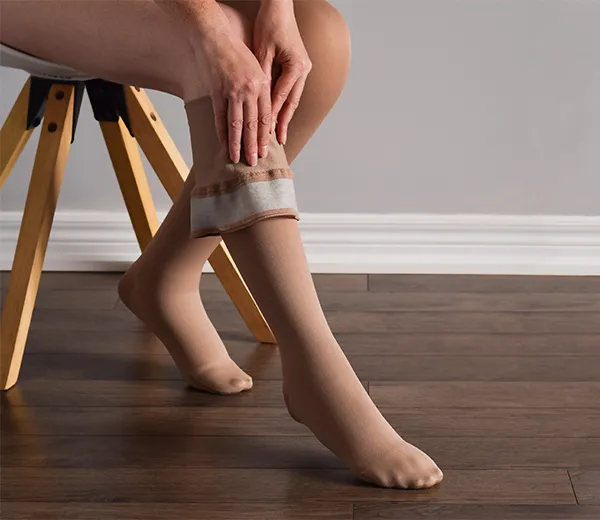How to Increase Blood Flow in Your Skeletal Muscles?
Skeletal muscles are unique because blood flow can dramatically increase during exercise—up to 20-fold on average and even 80-fold in some white muscle fibers. This increase is essential to meet the muscles’ oxygen demands during intense exercise, supporting physical performance.




